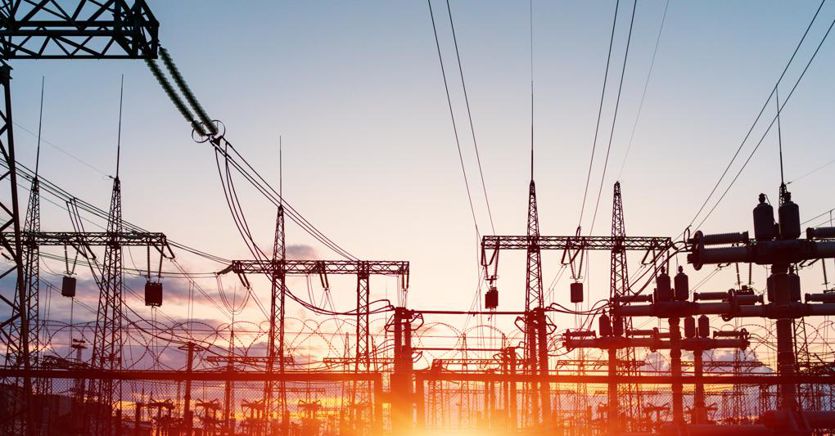«Without interventions on the gas and energy market, one in five suppliers are at risk of default. Liberalization would take a step back 20 years, with greater concentration and higher prices ». To make this estimate is Aiget, the Italian association of energy wholesalers and traders that represents companies in the sector such as Edison, Hera, Engie, Edf, E.On, Iberdrola, Axpo, to name a few, with the exclusion of the former monopolists Enel and Eni. Some are subject to the extra profit tax; for others, a season of uncertainty has already begun.
«Suppliers are throttled by a liquidity problem: we have to buy from producers at prices 15 times higher 2-3 months earlier than when we collect from customers. For many it is an unprecedented financial stress and risks being unsustainable ”, explains the president of the association, as well as CEO of Wewiki, Massimo Bello. “There is also the risk of exiting supply contracts, putting consumers in the position of having to look for new ones, at worse conditions,” he adds, given that for at least a quarter it has been impossible to find offers at a fixed price.
In February, the EU commissioner, Kadri Simson, “despite not having a complete overview” gave the news of “23 cases of default” in Europe: from Green Network to Interconsult.
“When prices skyrocket, suppliers fail to have liquidity to buy”, underlines Bello: “It is necessary to speed up the Sace guarantees put in place by the government through automatic mechanisms with the banks. Snam and Gse are stockpiling on a mandate from the same executive because the market is unable to do so. A system should be identified whereby when winter arrives they can sell gas with facilitated payment and guarantee mechanisms, again to guarantee liquidity ».
The hedging instruments traditionally used by companies have failed to cope with gas values over € 300 per MWh and energy over € 700 per MWh. In fact Bello explains: «60% of a customer’s consumption is stable, predictable. It is typically the share that suppliers cover through swap-type contracts. On the other hand, 20-30% is the part of variable consumption, influenced by many factors: climate, holidays, strikes. Then there is a further 10% which are the so-called “imbalances” or the most unpredictable part of energy consumption, linked to the variations and unforeseen events of the last hour: the customer’s system breaks down and I have to take that energy and return it to Terna, for example. I may also have sold a contract for 100 euros but if it costs me 500 in the variable, it is a problem. In addition, swap contracts are made less than a year, and already last year the price had started to rise. Finally, it must be taken into account that with such high differentials between the agreed price and the market price, the counterparties ask for a margin call, a financial deposit that certifies the ability to honor the contract. And we return to the problem of liquidity ».
